Calibrated Hot Loads
This sequence of images show measurements performed on the CHL by Axel Murk at the IAP in Bern, showing outstanding monostatic reflectivity at the -70dB level at 600 GHz. Very low loss momostatic reflectivity is highly desirable in any calibration load to supress receiver-load standing waves which are a major contraint on the performance of accurate radiometers.
The CHL was (at one point) been basedline as the warm temprerature reference load for NASDA's SMILES 640 640 GHz limbsounder instrument, which was placed on the Japanese Experimental module of the International Space Station.
An AB Vector analyser is used in conjection with a TK designed Quasi-Optics reflectometer to measure the momostatic coherent reflectivity from the CHL and some TK RAM. By moving the CHL along the beam axis and thereby altering the phase of the return signal it is possible to separate out the two reflections.

and this is realised in hardware thus:

This image shows the return signal in dB as a function of mechanical distance, for an Aluminium reference, Grace Material's AN72 (a common MM absorber), TK RAM and the CHL.
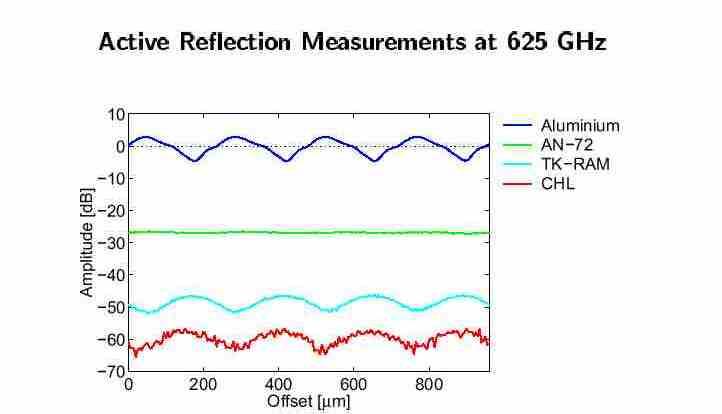
By plotting the reflected signal as a function of phase, one can extract the CHL component which varies with absorber position. The results show the TK RAM at -49dB and the CHL at -70dB
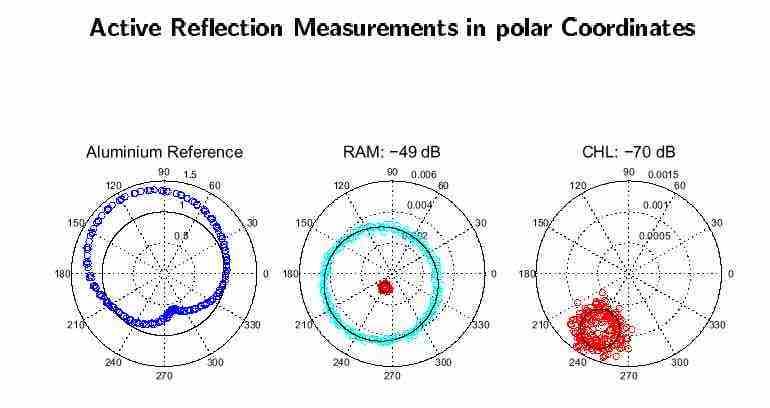
Because of the scaleless design, the CHL performs well over a very wide range of frequencies as this graph shows:
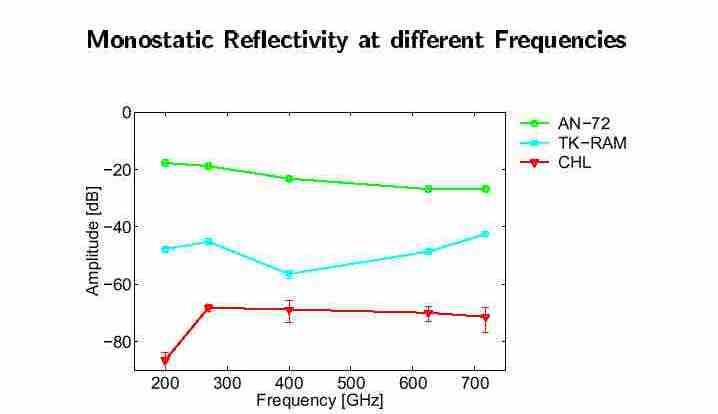
and these coherent measurements were validated by radiometric measuremenst at Forchungszentrum Karlsruhe on a 273 GHz radiometer:
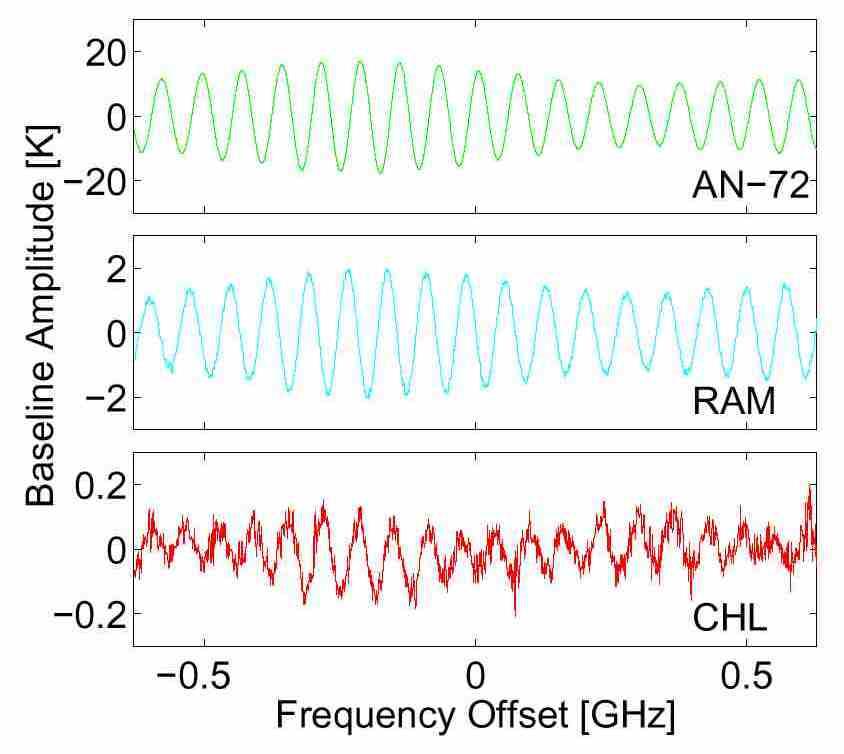
and Fourier Transformed to the frequency domain thus:
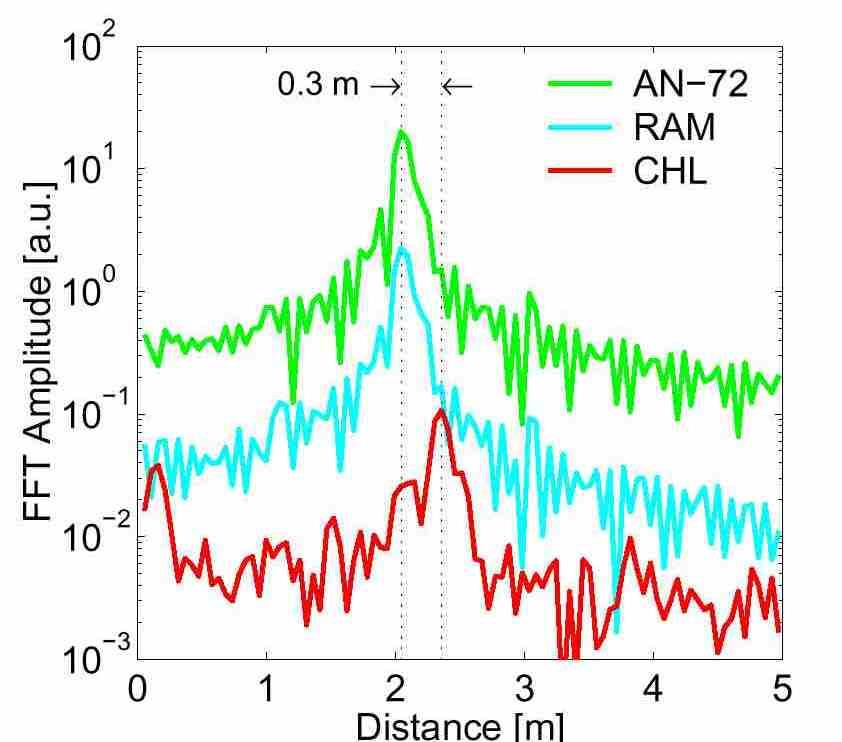
(Note the Logarithmic scale).